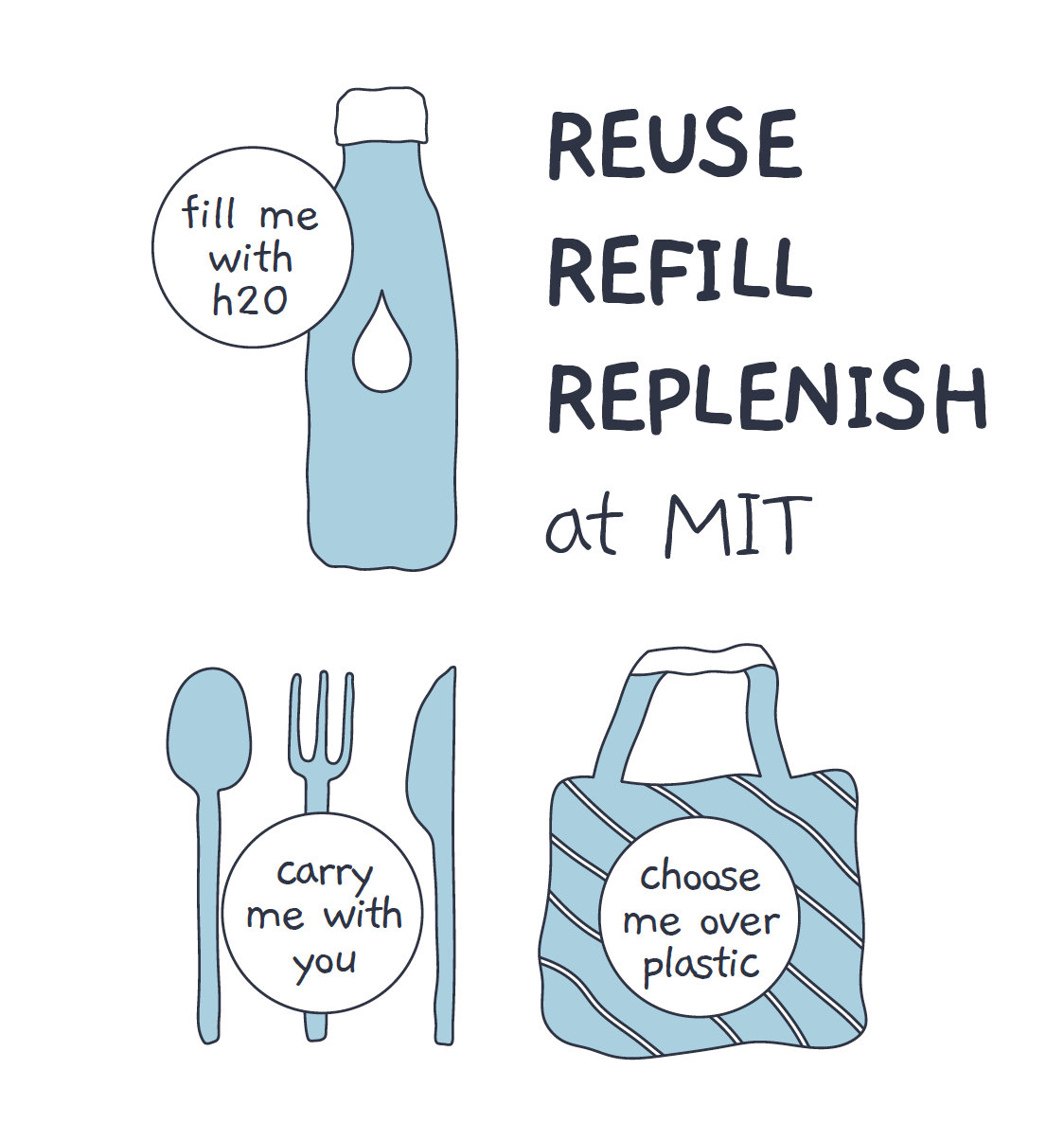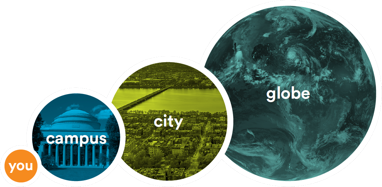Through a partnership with the Environmental Solutions Initiative, this collaborative analysis asks the question: How can MIT optimize material flows and reduce its negative impacts through innovations in purchasing, consumption and disposal processes?
With a community of nearly 25,000 students, faculty, and staff, MIT is like a tiny, densely populated city—a microcosm of the wider world. At the MIT Office of Sustainability (MITOS), we’re taking a strategic look at the substantial amounts of materials that flow through the Institute to identify vital connections between the resources we purchase and those we discard.
The fact is, every point along the lifecycle of the materials we use day to day—from purchase to disposal—presents opportunities for financial, ecological, and health benefits. Are we optimizing those benefits in every way we can? How can our purchasing strategies minimize the amount of waste we generate? Can we convert our traditional waste streams into new, environmentally and socially beneficial resources?
We’re partnering with thought leaders across MIT to answer these questions and analyze the impact of the Institute’s purchasing and waste systems using next generation frameworks like urban metabolism. And we’re working to adopt mindful decision-making frameworks that consider the full lifecycle costs and impacts of materials and products as they move through the economy, are procured for use at MIT, and leave the campus via waste management, recycling, compost, and reuse.
Learn more about our efforts to improve the material lifecycle on campus through procurement and waste reduction strategies.
For an overview, see an MIT Circular Economy Case Study published by our collaboration partner the Ellen MacArthur Foundation.



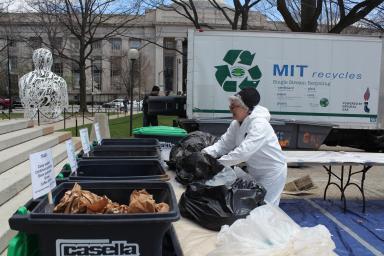



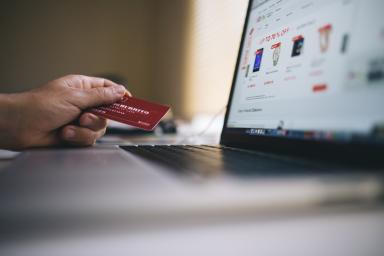
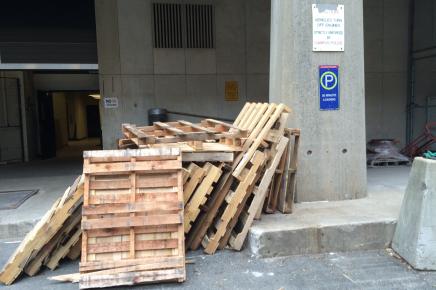
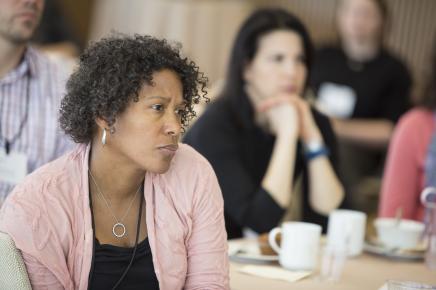
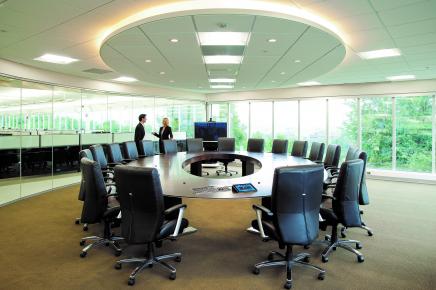

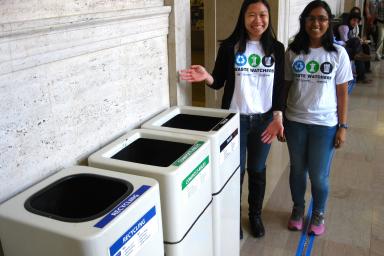
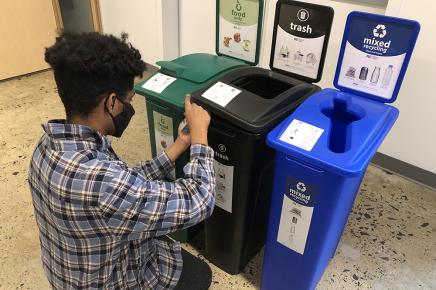
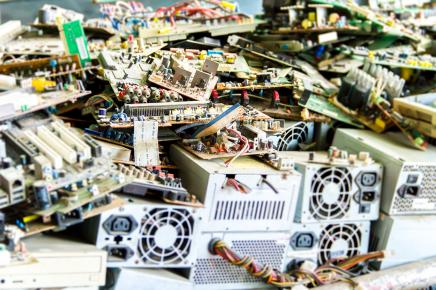
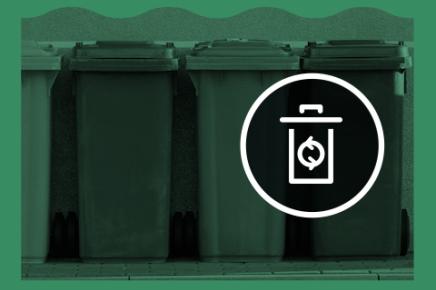
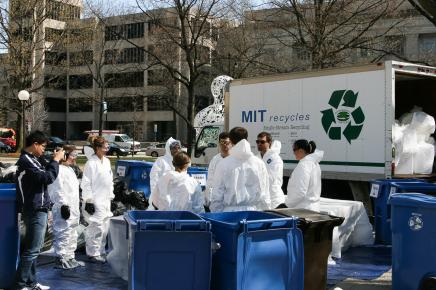

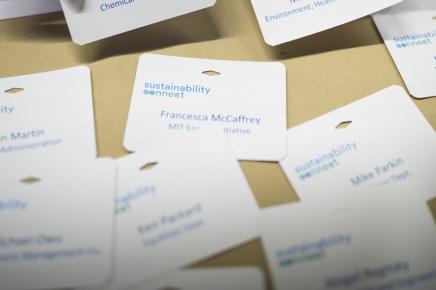
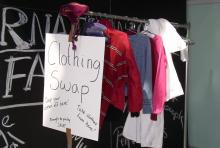
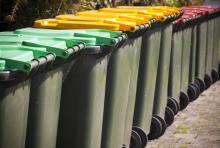
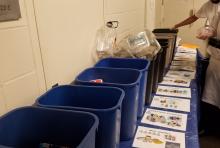
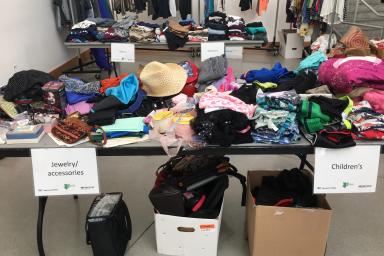
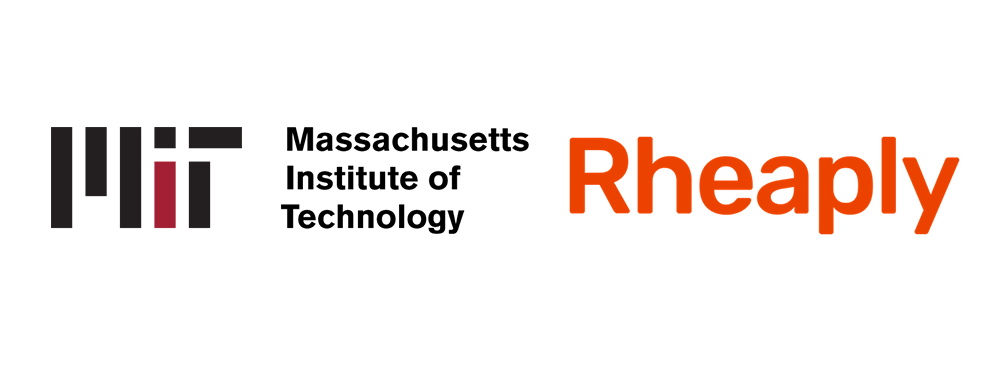
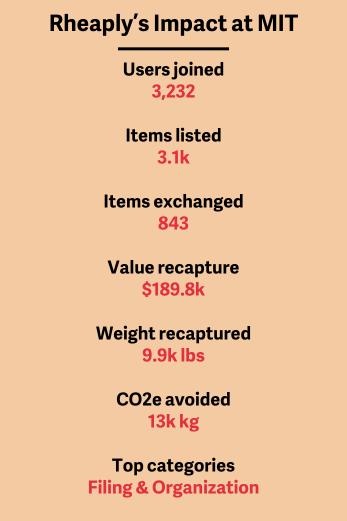 How you can use Rheaply as...
How you can use Rheaply as...
